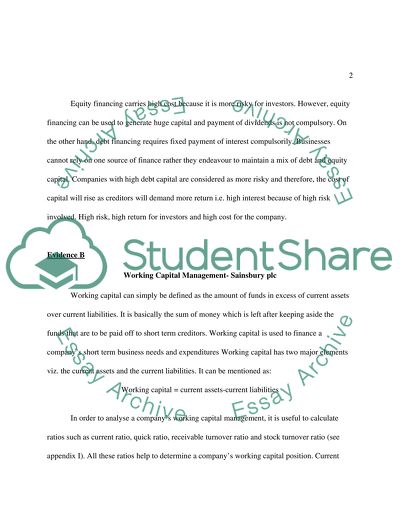Cite this document
(Fundamentals of Financial Management Case Study, n.d.)
Fundamentals of Financial Management Case Study. Retrieved from https://studentshare.org/finance-accounting/1506289-short-and-long-term-financing
Fundamentals of Financial Management Case Study. Retrieved from https://studentshare.org/finance-accounting/1506289-short-and-long-term-financing
(Fundamentals of Financial Management Case Study)
Fundamentals of Financial Management Case Study. https://studentshare.org/finance-accounting/1506289-short-and-long-term-financing.
Fundamentals of Financial Management Case Study. https://studentshare.org/finance-accounting/1506289-short-and-long-term-financing.
“Fundamentals of Financial Management Case Study”, n.d. https://studentshare.org/finance-accounting/1506289-short-and-long-term-financing.


